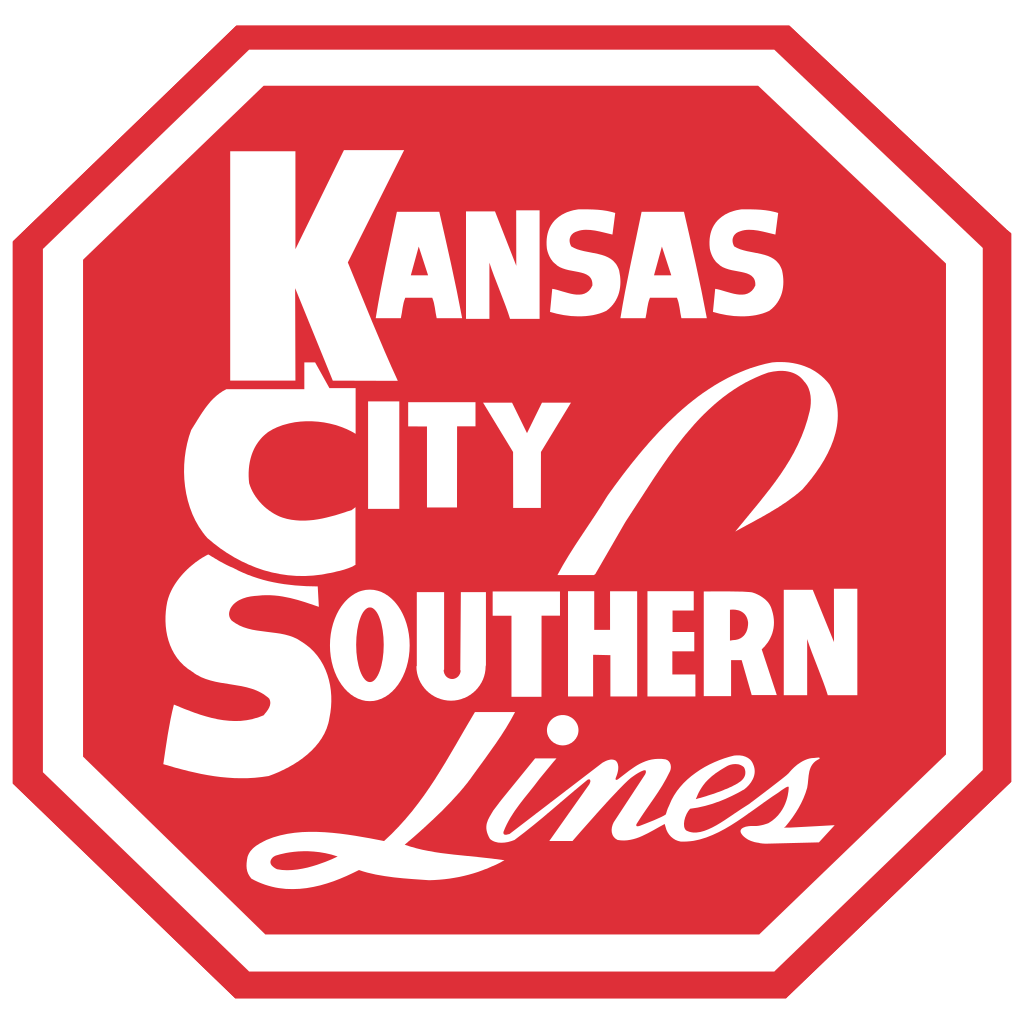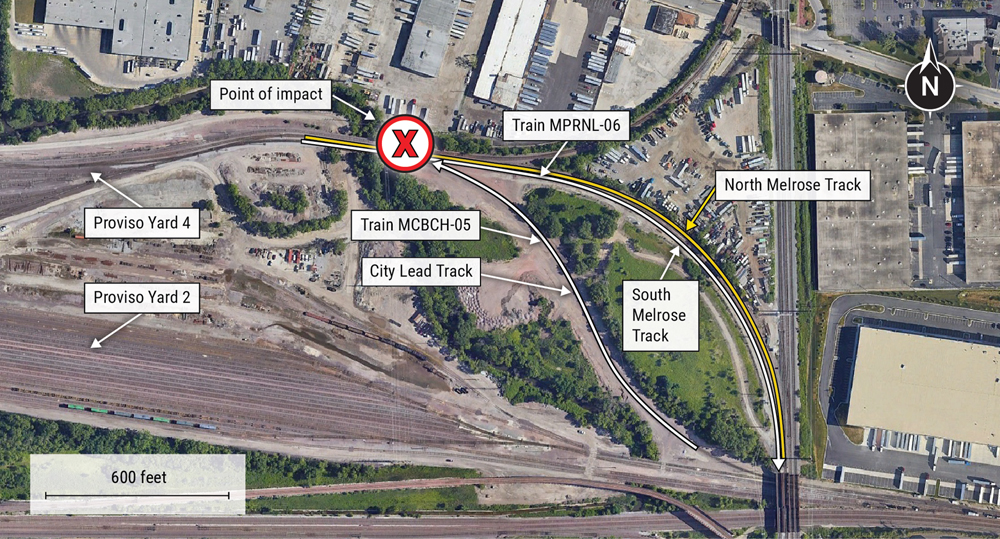KANSAS CITY, Mo. – Kansas City Southern reported higher-first quarter volume, revenue, and profits today but withdrew its outlook for the year in light of ongoing uncertainty related to the economic impact of the COVID-19 pandemic.
KCS also scaled back this year’s capital spending plans by at least 10% due to anticipated volume declines, which are expected to hit automotive and intermodal traffic the hardest.
“We had a great quarter,” CEO Pat Ottensmeyer told investors and analysts on the railway’s earnings call on Friday morning. But that has been overshadowed by COVID-19.
KCS is working to prevent the spread of the coronavirus across its system, Ottensmeyer says. The railway’s two top priorities, he says, are to protect the health of employees and ensure the continuity of the company’s operations.
Ottensmeyer praised the railway’s employees for their dedication during the pandemic and noted that none of its workers in the U.S. or Mexico have tested positive for COVID-19.
The railway is following recommended social distancing and sanitization practices. KCS is dispatching the railway from five separate facilities rather than only its single Network Operations Center at its Kansas City headquarters.
KCS has taken steps to cut costs as volume has declined sharply over the past month. Train starts were down 26% in the first half of April compared to the first half of March, which was roughly in line with the drop in daily carloads.
Over the past month KCS has consolidated 176 trains, which saved 416 crews and allowed the railway to store 50 locomotives and 2,500 cars, says Sameh Fahmy, executive vice president of Precision Scheduled Railroading. KCS now has 825 active locomotives, a 20% reduction since it began implementing PSR in late 2018.
KCS’s key operating metrics — including average train speed, terminal dwell, and car-miles per day — all improved for the quarter. In Mexico, average train speed was up 45% in January and February compared to last year, Fahmy says, and then improved further in March as volume sank.
Overall volume was up 4% in the quarter. The railway’s key growth driver — cross-border traffic — was up 12% as refined product and LPG exports to Mexico surged 43% and intermodal was up 20%. Cross-border traffic now represents just over half of KCS revenue.
Chief Marketing Officer Mike Naatz says KCS expects a few traffic segments to hold up well during the pandemic, including agriculture and minerals; plastics and chemicals used in consumer products; and paper products.
But auto traffic, which declined 12% in the quarter as assembly plants in the U.S. and Mexico were shut down, is expected to remain muted even after plants reopen. Intermodal volume, which on KCS is strongly tied to auto parts shipments, is expected to see a slump, too.
“It is very difficult to forecast what may happen in the near future,” Naatz says, noting KCS is optimistic about an eventual rebound.
Although KCS withdrew most of its financial guidance for the year, Chief Financial Officer Mike Upchurch says the railway is sticking to its outlook for PSR-related cost savings over the next two years.
For the quarter, KCS operating income grew 80%, to $288 million, on record revenue of $731 million, an 8% increase. Earnings per share, adjusted for the impact of one-time items, increased 30%, to $1.96.
The railway’s operating ratio was 60.5%, or 59.7% when adjusted for one-time items, a 6.5-point improvement compared to a year ago. The adjusted figure was an all-time record for KCS.














